13 December 2022
Free, prior and informed consent (or FPIC) centres on obtaining consent from Indigenous Peoples (IPs) for any activities undertaken on their land. At the basic level, governments cannot implement a policy or programme on or concerning Indigenous Peoples’ lands unless there is prior consultation and consent from the Indigenous community. This includes any state policy or programme seeking to grant permission to a company to conduct any activity on such lands. Once they have given their consent, they can withdraw it at any stage. Furthermore, FPIC enables them to negotiate the conditions under which the project will be designed, implemented, monitored and evaluated.
Where does FPIC originate?
FPIC is derived from the right to self-determination, which is a cornerstone principle of Indigenous people’s rights. This right is enshrined in Article 1 of both the International Covenant on Civil and Political Rights (ICCPR) and the International Covenant on Economic, Social and Cultural Rights (ICESCR) which states:
“[a]ll peoples have the right of self-determination. By virtue of that right they freely determine their political status and freely pursue their economic, social and cultural development.”
Not only is FPIC arise from self-determination rights but self-determination must be central to FPIC. As noted by UN Special Rapporteur on the rights of Indigenous Peoples James Anaya, FPIC is one of safeguards to the right to self-determination over lands and resources. As such, consent is not merely the signing of a contract but is instead a process over which Indigenous societies must have substantial control over matters within or affecting Indigenous peoples or Indigenous territories.
FPIC is also independently enshrined as a specific right in the United Nations Declaration on the Rights of Indigenous Peoples (UNDRIP) (2007).
What are the elements of FPIC?
-
Free: consent is given voluntarily and absent of coercion, intimidation or manipulation. The process is self-directed by the community from whom consent is being sought unencumbered by coercion, expectations or timelines that are externally imposed.
-
Prior: consent is sought sufficiently in advance of any authorization or commencement of activities.
-
Informed: engagement and type of information that should be provided prior to seeking consent and also as part of the ongoing process. Information should be accessible, clear, consistent, accurate, constant, and transparent and delivered in appropriate language and culturally appropriate format.
-
Consent: refers to the collective decision made by the rights-holders and reached through the customary decision-making processes of the communities.
What is “consent” and does it include the right to veto an activity?
There is no simple legal definition of what “consent” in FPIC encompasses. There is no defined act or language which constitutes consent, but there are some key principles to understanding what meaningful consent entails.
Firstly, FPIC is not only about an outcome. It is a safeguard to the right to self-determination, and a critical part of this right relates to the autonomy that Indigenous peoples have over the decision-making process. Therefore, Indigenous peoples should have control over the entire consultation process and over what happens after a decision is made. Without meaningful autonomy and participation, any consent that is given would not be a true reflection of the right to self-determination. The importance of self-determined processes was stated by the Inter-American Court of Human Rights in the Samaraka People v Suriname case: “The safeguard of effective participation…must be understood to additionally require the free, prior and informed consent of the Saramakas in accordance with their traditions and customs.”
Second, consent includes the right to say “No” or to say “Yes with conditions”. The objective of the FPIC process is not always to negotiate a “Yes” outcome, and FPIC should not just be used as a mechanism to legitimise commercial activities. Instead, it is a process where Indigenous peoples are participating as equals and making decisions about their lands and territories.
Thirdly, consent is not fixed or a one-off process. It can be withdrawn or reconsidered at any time if the proposed activities change or if new information relevant to the proposed activity emerges. It can be withheld during particular phases of project activities or given for other activities.
Who provides the consent?
FPIC and the right to self-determination is a set of “collective” rights. This means that it is the collectivity that is a community of Indigenous peoples who give the consent. The Inter-American Commission on Human Rights has specifically noted that the “community as a whole” must consent. As with any collective, differences of opinion and differing ideas of what is acceptable and what is not will arise.
As such, an important part of the FPIC process is ensuring that the processes of consultation adequately provide for a consideration of competing priorities within Indigenous communities. This includes ensuring that women are included in such processes. For example, during the development of a palm oil concession in Indonesia, the women of the Desa Mekar Jaya community stated that they had not heard of FPIC as it was only the men who were engaged in the consultation processes.
Is the private sector responsible for FPIC obligations?
Most international bodies such as the Committee on Economic, Social and Cultural Rights note that states bear the primary responsibility to obtain free, prior and informed consent. As such, companies have often avoided formal FPIC processes unless they are legally mandated to implement it (where countries have laws and regulations requiring FPIC to be undertaken by companies).
The problem with this is that states often do not seek consent or consult with Indigenous groups before granting licenses to companies. With the growing expectation that businesses fulfil their responsibility to respect human rights independently of a state’s ability to protect such rights (as enshrined in the UN Guiding Principles on Business and Human Rights), there is now a firm expectation that businesses themselves obtain consent through participatory decision-making or consider alternative sites for projects.
More recent publications from institutions like the International Finance Corporation, the World Bank and the International Council for Metals and Mining (ICMM) have stated that mining companies and project operators must conduct a “free, prior and informed consent consultation” and “work to obtain” FPIC. Although these guidelines by the ICMM and the World Bank fall short of what FPIC and self-determination rights actually require under international law, it shows a greater movement towards business responsibility to obtain consent.
It also makes good business sense to respect the self-determination rights of Indigenous peoples. Without community support, the financial and operational viability of the project can be at risk, in addition to risks of litigation and reputational costs. By obtaining strong consent from Indigenous communities, businesses will have a deeper and more durable social license to operate.
What bad practices should businesses avoid when obtaining FPIC?
There are numerous ways in which companies claim to have obtained “consent” while having poor FPIC processes on the ground:
-
Treating Indigenous peoples as stakeholders rather than as decision-makers: By treating FPIC as a form of “stakeholder consultation”, Indigenous people are relegated to a secondary status as a “stakeholder” rather than having freedom and autonomy over their lives and their territories. This not only dilutes their ability to participate as autonomous decision-makers, it can create distrust between the parties and disruption to the project.
-
Letting the government have the final say rather than the Indigenous community: There may be situations where an Indigenous community says “no” to a project affecting their territories but where the state government believes that economic development or renewable energy projects must be prioritised over indigenous rights. In such situations, it is important that the businesses who are given permits by the state still engage in meaningful FPIC processes and refrain from acting in breach of Indigenous rights to self-determination:
When giant wind turbines were being planned on indigenous Saami reindeer herding lands in northern Sweden, the impacted communities argued that the project was in breach of Saami rights. In response, the Swedish government argued that renewable energy development had to be prioritised over the rights of the indigenous Saami. It is reported that the financier of the project, KfW IPEX-Bank, used the Swedish government’s statement to absolve itself of responsibility towards the Indigenous communities. The bank considered that Swedish law was sufficient to protect Saami rights. However, the Norwegian Supreme Court ruled that the wind project was illegal and it was to be discontinued. (see IHRB Explainer on Wind Energy.)
-
Ignoring Indigenous participation once the project has commenced: FPIC does not stop when consent to commence an activity has been provided. The ongoing nature of FPIC means that the monitoring and evaluation of a project within Indigenous territories must be done with the leadership and participation of communities, and conditions must be established early on under which the consent process can be reinitiated and re-negotiated.
-
Treating consultation as an end goal rather than a complex process: The process of consultation requires time and care—rushing this process to obtain consent can disrupt and undermine the decision-making processes of the communities. The FAO notes the following that companies should take the following aspects into account when commencing a consultation:
-
Identify all the affected groups in the project area and the border zones;
-
Be sensitive to existing power relationships and wider socio-economic ties in communities;
-
Understand the governance institutions and administrative units within the communities;
-
Understand local literacy levels so as to ensure that information is provided in an appropriate form;
-
Understand culturally-informed communication, language and linguistic differences in the area;
-
Create a culturally-informed, fair, non-intimidating and encouraging environment;
-
Ensure unconditional acceptance and respect for the community;
-
Follow consultations in a format that is led by Indigenous communities, on their timelines and that respects customary protocols.
-
Other IHRB resources:
Latest IHRB Publications
25 April 2024 | Podcast
How should businesses respond to an age of conflict and uncertainty?
As 2024 began, European Commission President Ursula von der Leyen aptly summed up our deeply worrying collective moment. As she put it, speaking at the annual World Economic Forum in Switzerland, we are moving through “an era of conflict and...
26 March 2024 | Commentary
Commentary by Scott Jerbi, Senior Advisor, Policy & Outreach, IHRB
Bulldozer Injustice: how a company’s product is being used to violate rights in India
Bulldozers have been linked to human rights violations for many years, at least since 2003 when the US activist Rachel Corrie was crushed to death by a Caterpillar bulldozer while protesting against the demolition of a Palestinian home with a family...
07 March 2024 | Commentary
Commentary by Peter Frankental, Economic Affairs Programme Director, Amnesty International
08 March 2024 | Video
05 February 2024 | Meeting Report


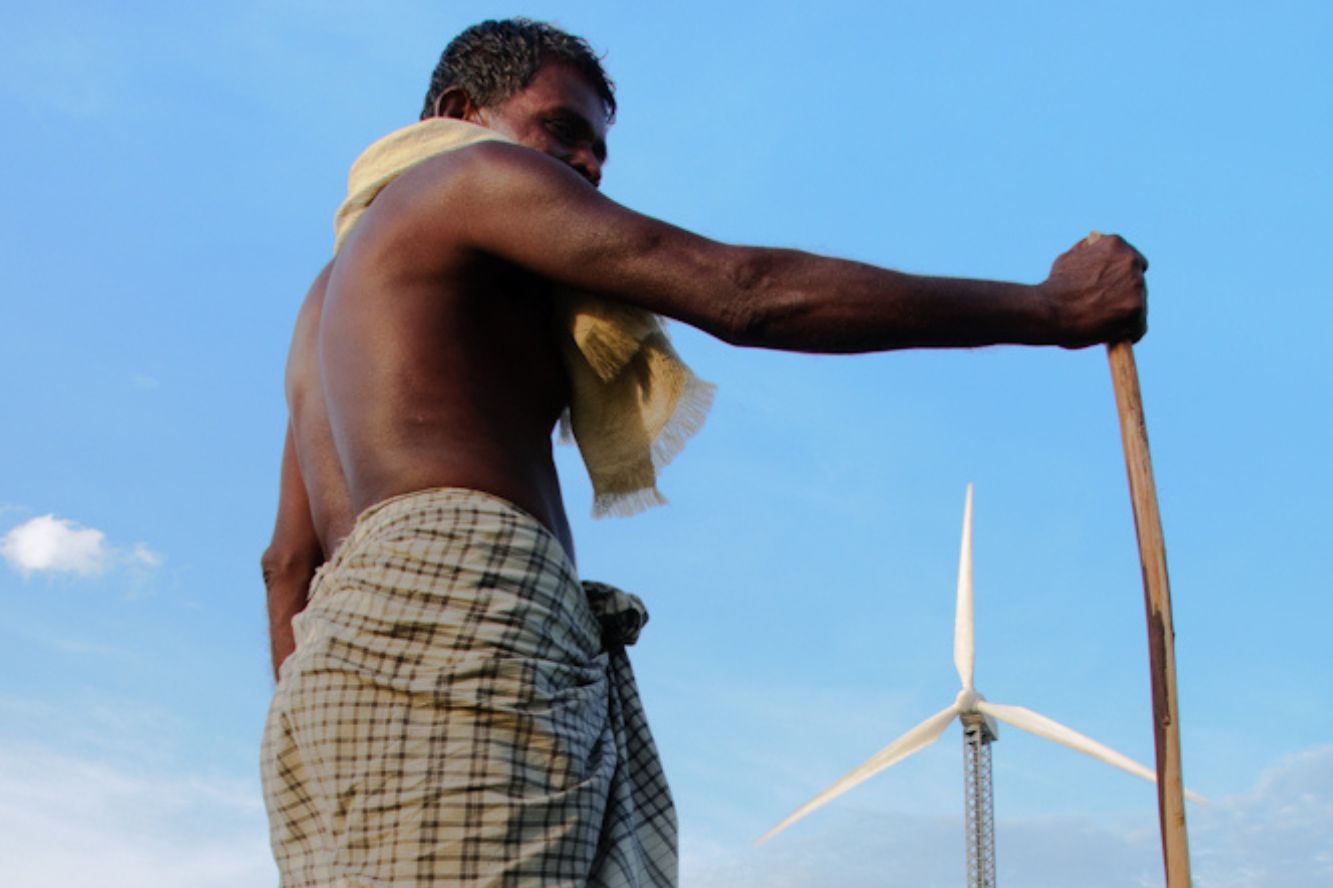
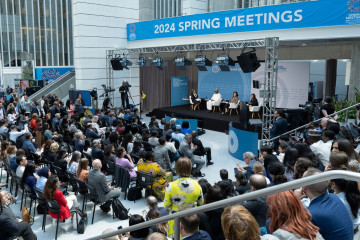

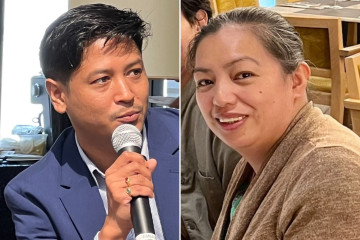



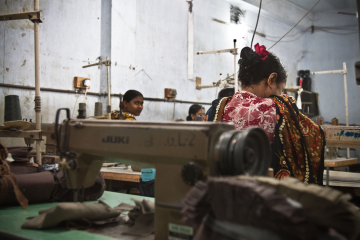

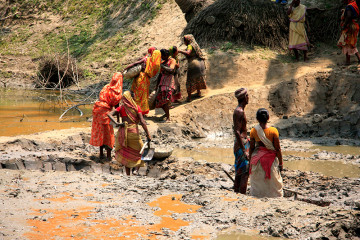
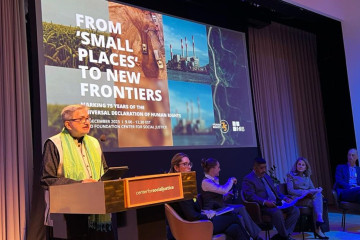
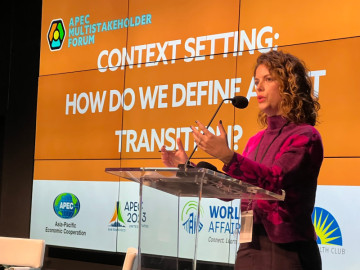
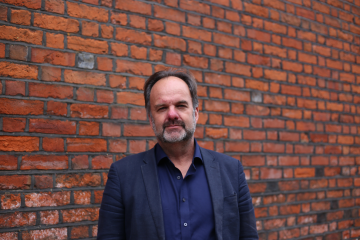

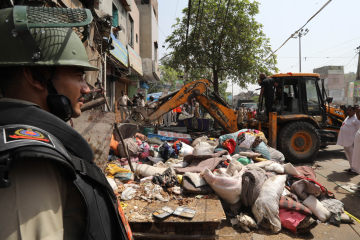
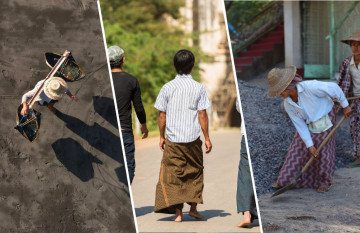

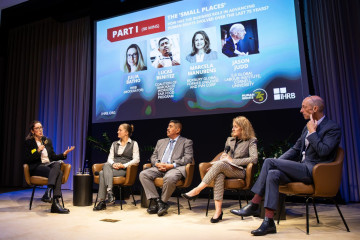

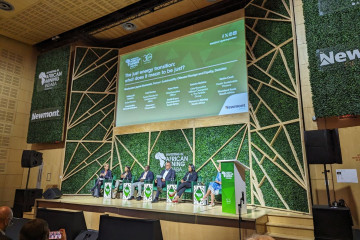


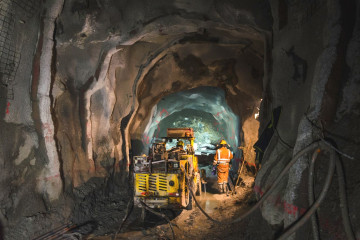



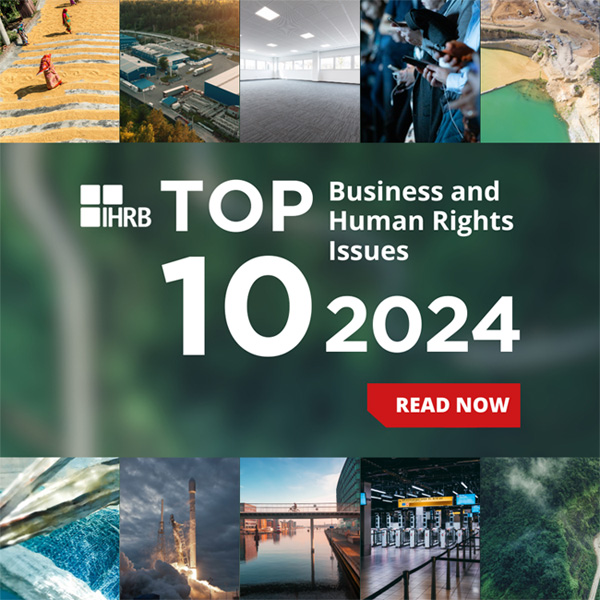
The perception of ‘value’ needs to change if the World Bank’s mission is to succeed
Last week we attended the Spring Meetings of the World Bank and International Monetary Fund (IMF) in Washington, D.C. The annual IMF-World Bank meetings bring together finance ministers and central bankers from all regions as a platform for official...
26 April 2024 | Commentary
Commentary by Vasuki Shastry, Author, ESG/Strategic Communications Expert; International Advisory Council, IHRB Haley St. Dennis, Head of Just Transitions, IHRB